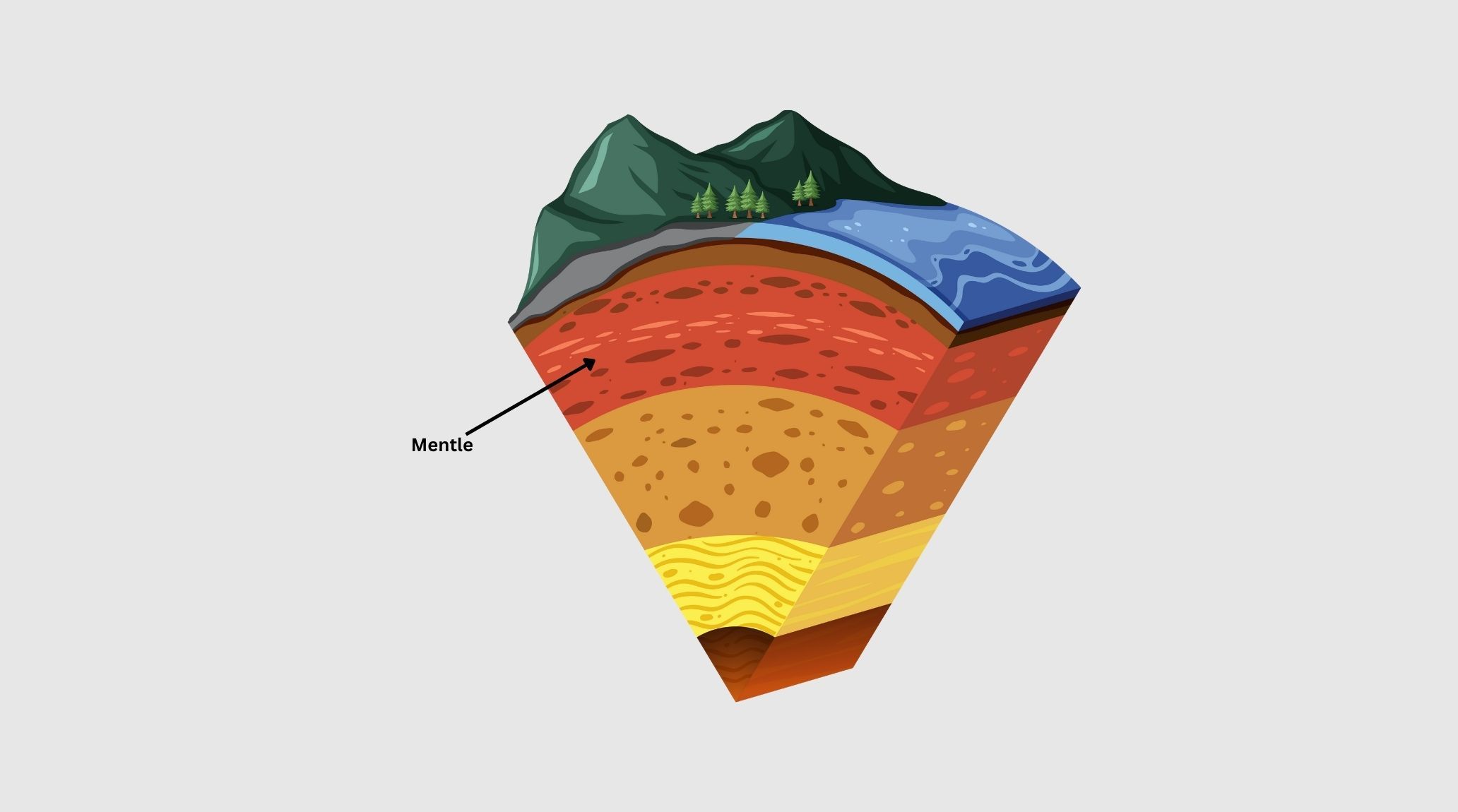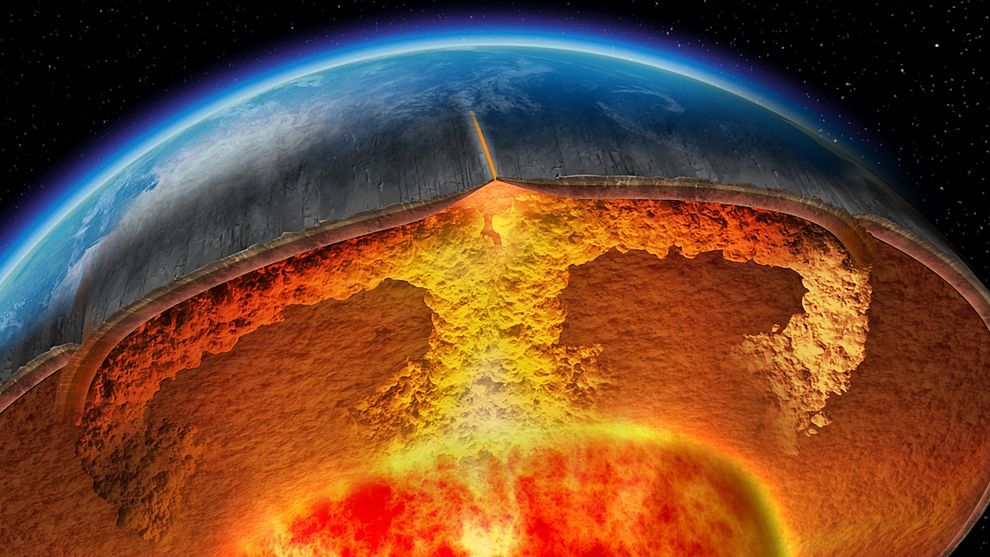
“
The Earth's mantle layer lies between the crust and the core, playing a vital role in our planet’s structure and dynamics. From its immense size to its unique properties, there are many Earth's mantle layer facts that reveal its importance to Earth's geology. Here, we explore 20 fascinating Facts About Earth's Mantle Layer.1
1
”
The mantle is the largely solid layer between Earth's dense, super-heated core and its thin outer crust. It is approximately 2,900 kilometers (1,802 miles) thick and constitutes about 84 percent of Earth’s total volume. 1
As Earth formed about 4.5 billion years ago, iron and nickel quickly separated from other minerals to create the planet's core. The molten material surrounding this core was the early mantle. 2
Over millions of years, the mantle cooled, causing water trapped in minerals to erupt with lava in a process known as "outgassing." As more water was released, the mantle gradually solidified. 3
The top part of the mantle is gradually stirred by the plate motions occurring above it, driven by two key activities. First, subducting plates slide downward beneath one another. 4
The patterns of global volcanism largely reflect plate tectonics, with some exceptions found in hotspots. These hotspots might indicate material rising from deep within the mantle, potentially from its bottom, though this is still debated. 5
Common silicates in the mantle include olivine, garnet, and pyroxene, while magnesium oxide is another major rock type found there. The mantle also contains elements such as iron, aluminum, calcium, sodium, and potassium.6
The mantle's temperature ranges from 1,000°C (1,832°F) near its boundary with the crust to 3,700°C (6,692°F) near its boundary with the core. Generally, heat and pressure increase with depth within the mantle. 7
The mantle's viscosity varies significantly, being mostly solid rock but less viscous at tectonic plate boundaries and mantle plumes. In these areas, mantle rocks are softer and can flow plastically over millions of years under high pressure and depth.8
Heat and material transfer in the mantle shape Earth's landscape by driving plate tectonics. This activity leads to volcanic eruptions, seafloor spreading, earthquakes, and mountain-building (orogeny). 9

The upper mantle extends from the crust to a depth of about 410 kilometers (255 miles). The upper mantle is mostly solid, but it's more malleable regions contribute to tectonic activity.
The lithosphere is the solid, outer part of Earth, extending to a depth of about 100 kilometers (62 miles). The lithosphere includes both the crust and the brittle upper portion of the mantle. 10
The mantle is the largest layer of Earth's interior, constituting about 84% of Earth's volume. It is primarily solid rock but behaves like a viscous fluid over long periods, forming convection currents driven by heat from the core. 11
The most notable feature of Earth's lithosphere is its tectonic activity, which involves the interaction of large lithospheric slabs known as tectonic plates. This activity includes processes such as plate movement, collisions, and separations. 12
To study mineral behavior under mantle conditions, we use computer models based on mineral physics equations and laboratory experiments. Modern mantle research involves seismologists, computer scientists, and lab researchers. 13
The lithosphere is divided into 15 major tectonic plates: North American, Caribbean, South American, Scotia, Antarctic, Eurasian, Arabian, African, Indian, Philippine, Australian, Pacific, Juan de Fuca, Cocos, and Nazca. 14
The boundary between the crust and mantle in the lithosphere is known as the Mohorovicic discontinuity, or Moho. This boundary varies in depth because Earth's regions are not all equally balanced in isostatic equilibrium. 15
Different types of rocks differentiate the lithospheric crust from the mantle. The continental crust is characterized by gneiss, while the oceanic crust is composed of gabbro. 16
The asthenosphere is a denser, weaker layer located beneath the lithospheric mantle. It extends from about 100 kilometers (62 miles) to 410 kilometers (255 miles) below Earth's surface. 17
From about 410 kilometers (255 miles) to 660 kilometers (410 miles) beneath Earth's surface, rocks undergo significant transformations in the mantle's transition zone. During this zone, rocks do not melt but undergo changes in their crystalline structure. 18
Perhaps the most important aspect of the mantle’s transition zone is its abundance of water. Crystals in the transition zone hold as much water as all the oceans on Earth’s surface. 19


